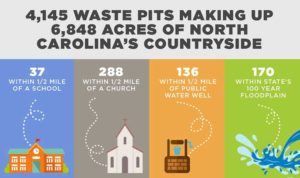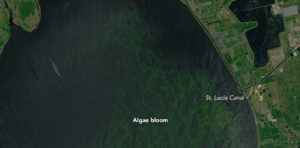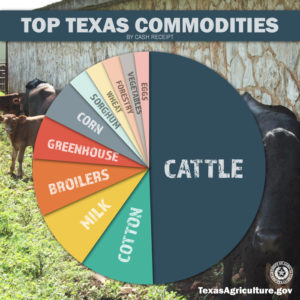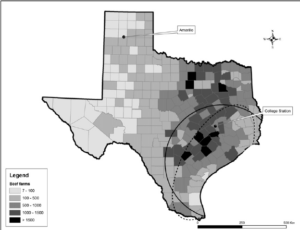Hurricane Irma has made its way through Florida, with Georgia, Alabama and Tennessee in its path — but no longer as a Category 3 Hurricane. Instead, it is moving into these areas as a tropical storm.
Which by comparison sounds relatively benign.

And, in terms of damage to property … it is.
But rainfall will be the important part of Hurricane Irma’s after-story. Like Hurricane Matthew in 2016, the heavy rains from Irma will strain manure lagoons all across the Southeast. The terrible conditions that followed Matthew, are in some approximate measure likely to be repeated. And, while a sizable death toll of animal life in the form of hogs, cattle, cows, chickens, and turkeys is tragic — the runoff from manure lagoons, and land, may be of equal concern.
The waste has to go somewhere and, as ever, it will be downstream.

Even operations doing a credible job implementing best practices, like Larson Farms in Southeast Florida, will be stretched mightily to control waste runoff. Other farms with less resources can be expected to struggle even more.
Watch for reports of animal death tolls, water pollution from animal waste, and heavy Harmful Algae Bloom (HAB) outbreaks, in the coming days and months.




